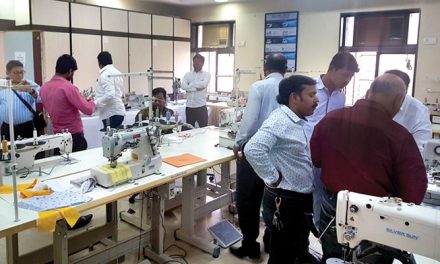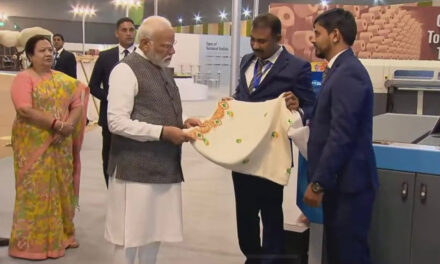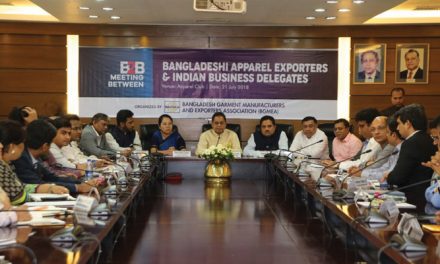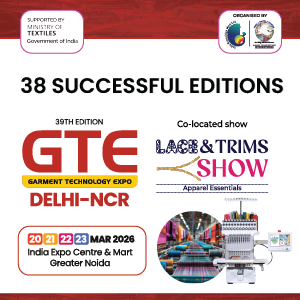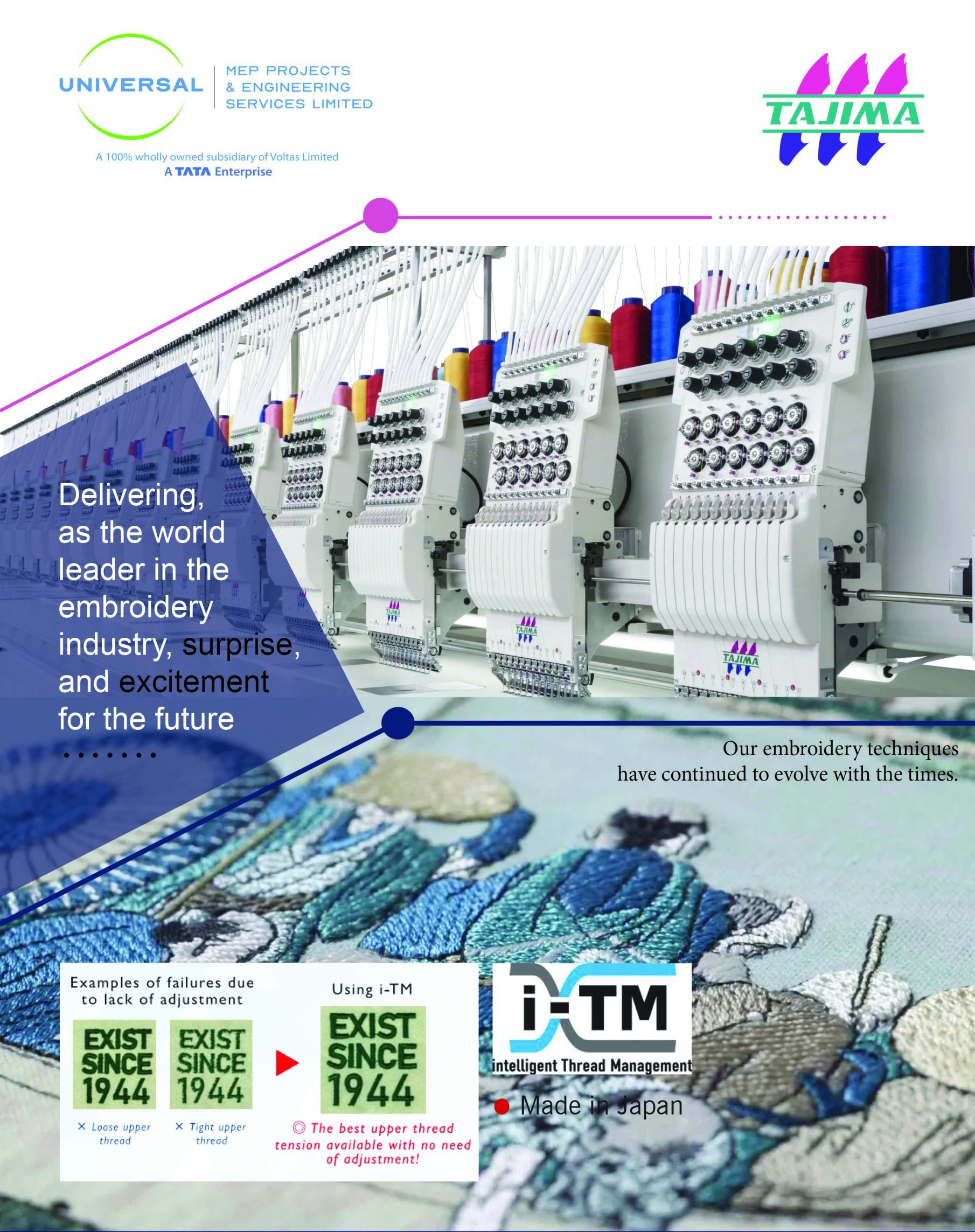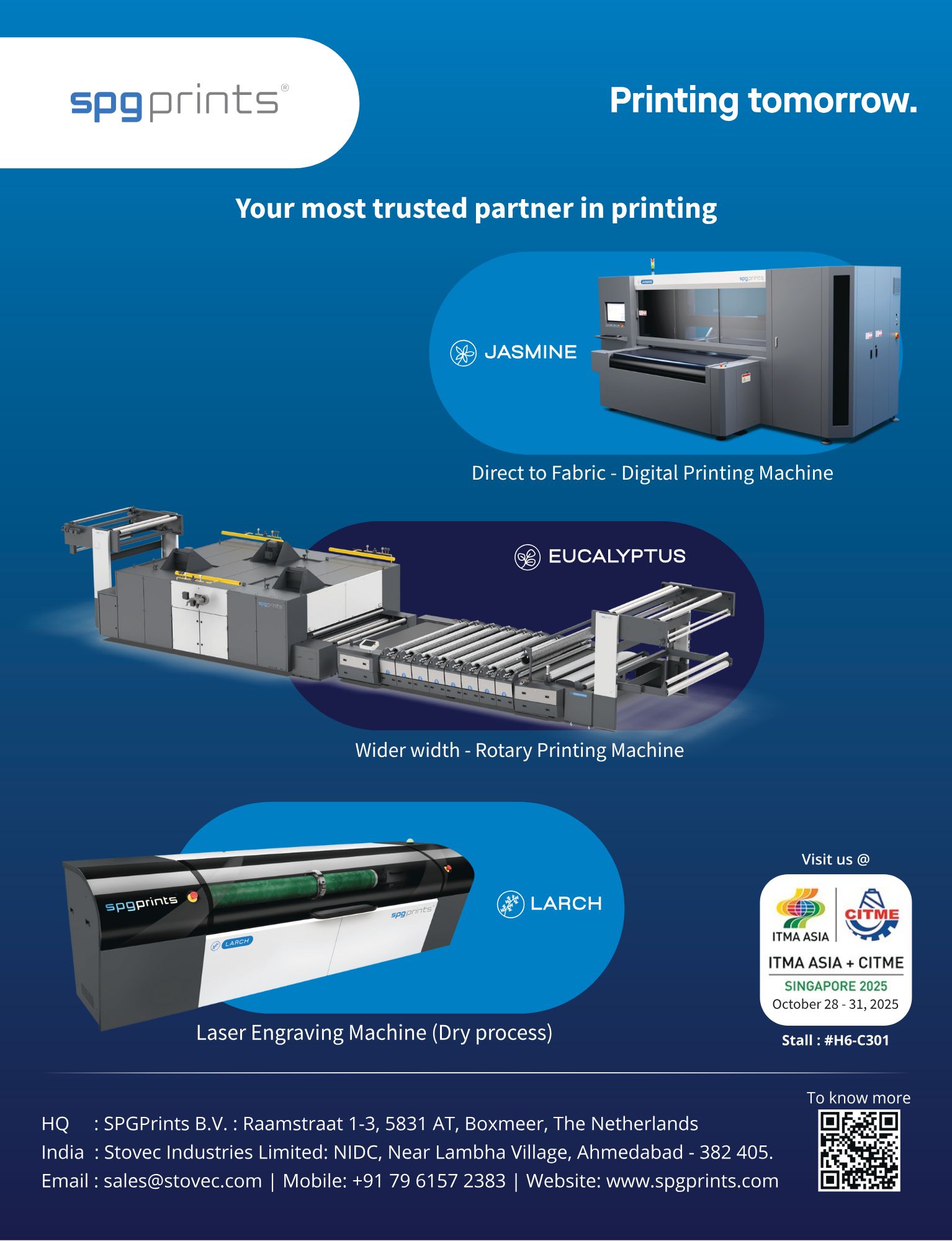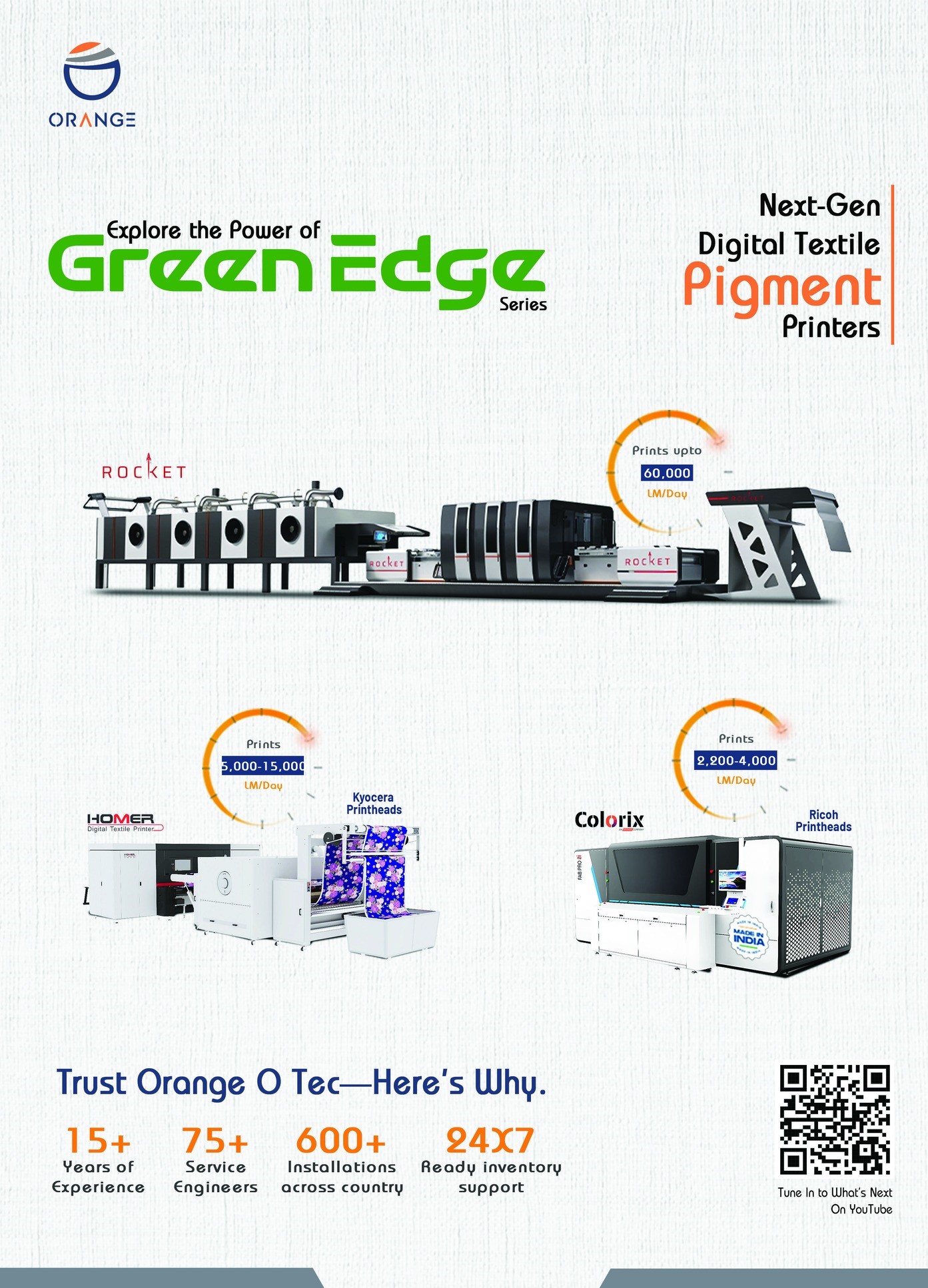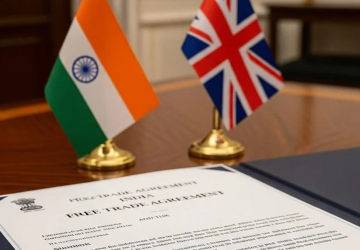 The Centre may have put on hold a proposal to expand to garments the production-linked incentive (PLI) scheme for textiles, as looks to priorities utilisation in the existing plans, a government official has told. The PLI scheme for textiles has been one of the laggards among the 14 sectors covered under the flagship scheme aimed at encouraging manufacturing to reduce import dependence, the official said.
The Centre may have put on hold a proposal to expand to garments the production-linked incentive (PLI) scheme for textiles, as looks to priorities utilisation in the existing plans, a government official has told. The PLI scheme for textiles has been one of the laggards among the 14 sectors covered under the flagship scheme aimed at encouraging manufacturing to reduce import dependence, the official said.
“There is no consensus on this. The thinking is to not tweak the existing scheme too much and focus on a pick-up in utilisation. If we keep tweaking or expanding schemes, we may get a flurry of requests for similar PLI schemes and it should not be repeated in every sector,” this official said, requesting not to be identified.
In 2024, textiles minister Giriraj Singh said the government was considering extending the textile PLI to garments to boost domestic manufacturing and exports. The Centre in 2021 approved a PLI scheme for textiles with a budgetary outlay of Rs 10,683 crore for a five-year period to boost production of man-made fibre (MMF) apparel and MMF fabrics among others.
It was estimated that over five years, the output- linked plan for the sector would lead to fresh investments of more than Rs 19,000 crore and create more than 7.5 lakh jobs. So far, the Centre has approved 74 applicants under the PLI scheme for textiles with an estimated incentive of Rs 7,086 crore.
Unveiled in 2020 to promote local production, the PLI scheme for 14 key sectors has an outlay of Rs 1.97 lakh crore. The incentives disbursed, however, stood at just Rs 9,721 crore till FY 2023-24, official data shows. Automobiles, large-scale electronics, textiles, white goods, specialty steel, and solar photovoltaic modules are among the 14 sectors covered by PLI scheme.
In 2023-24, the PLI schemes spurred investments worth Rs 1.46 lakh crore, production or sales of Rs 12.50 lakh crore, exports worth Rs 4 lakh crore (US$48 billion) and direct and indirect employment for 9.5 lakh individuals. The scheme has had a mixed run, so far. While sectors like large-scale electronics manufacturing have seen unparalleled success, others such as steel and textiles are laggards.


